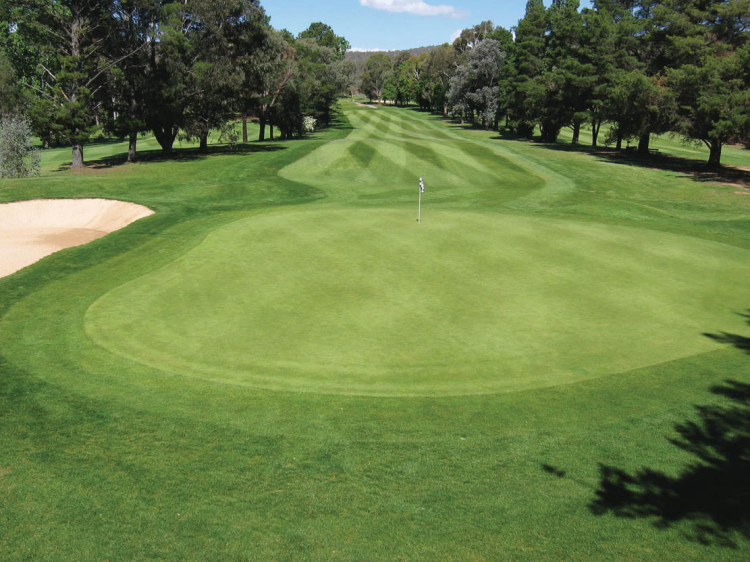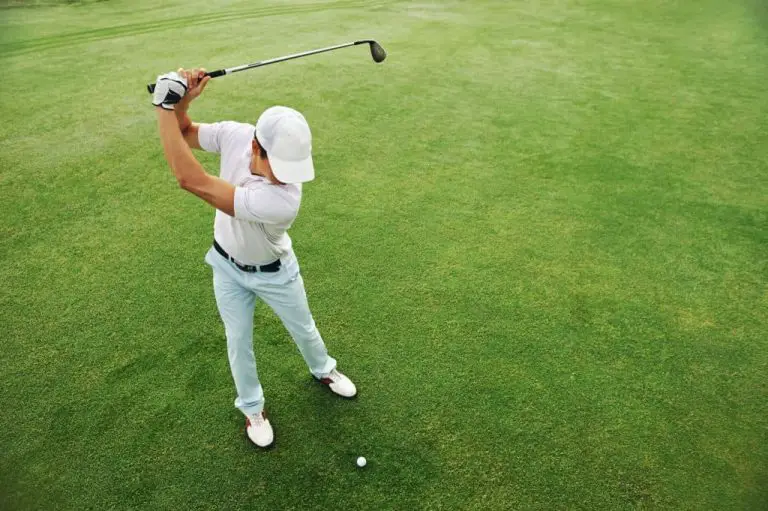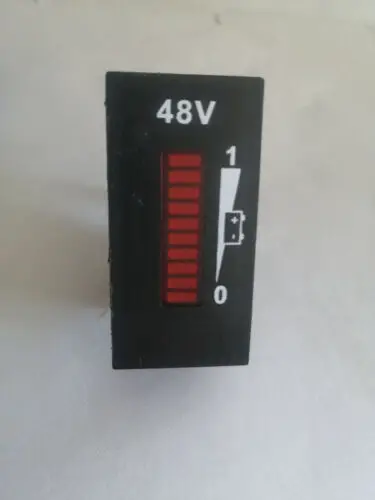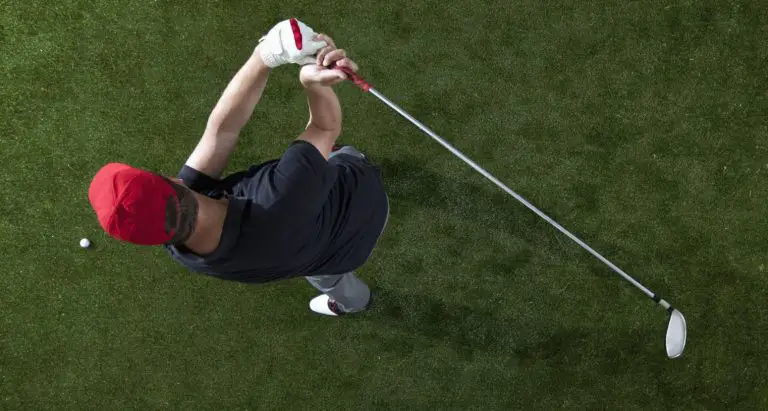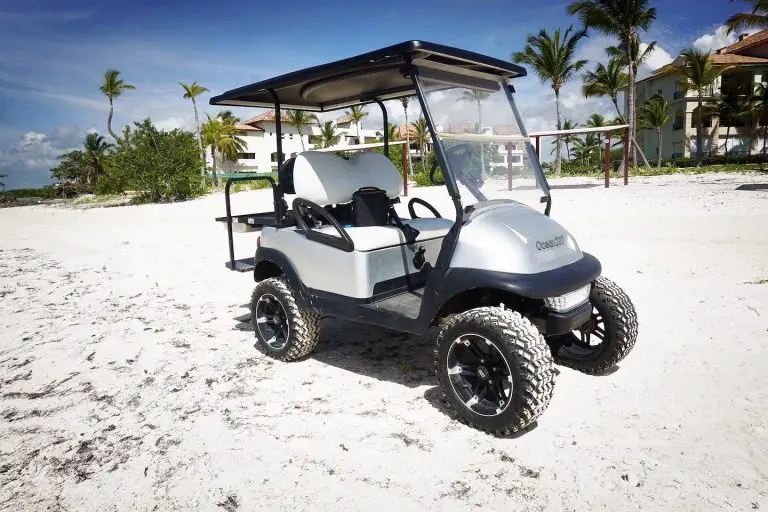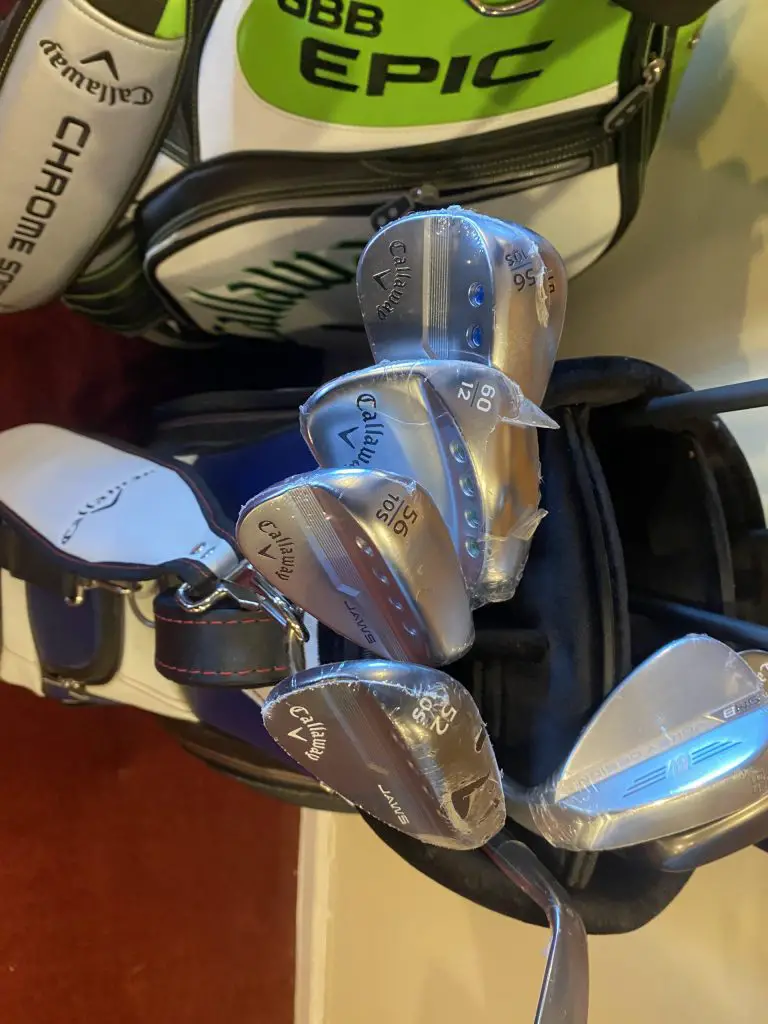How To Soft Step Iron Shafts
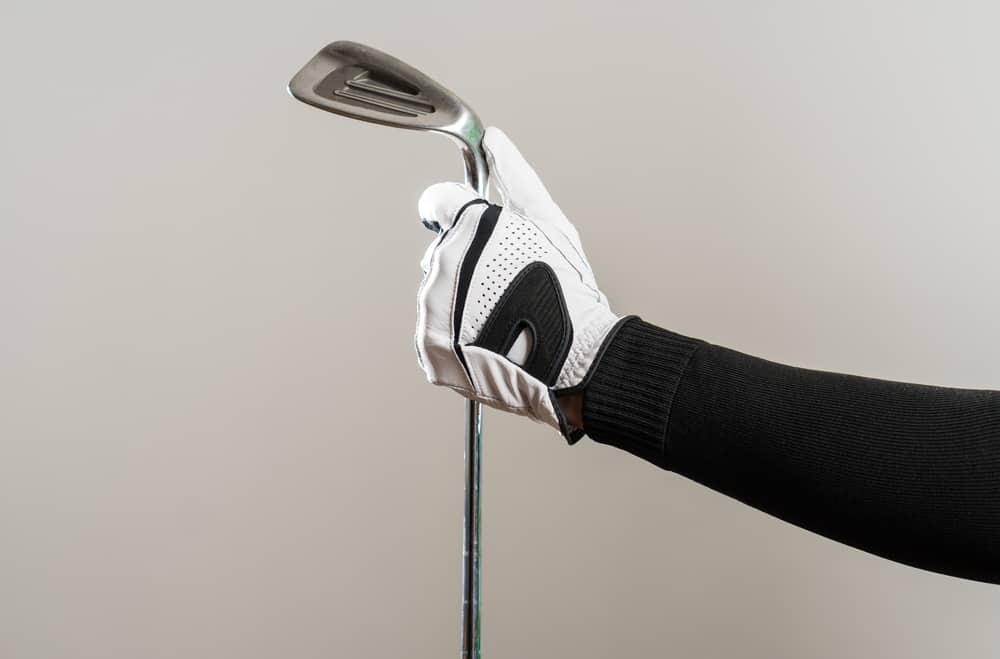
Are you looking to fine-tune your golf club performance and achieve a more personalized feel on the course? Soft stepping iron shafts might be the solution you’ve been searching for. Soft stepping is a customization technique that can enhance the performance and playability of your irons, providing a tailored experience to suit your swing characteristics and preferences.
In this comprehensive guide, we will take you through the process of soft stepping iron shafts step-by-step. Whether you’re an experienced golfer seeking to optimize your equipment or a beginner looking to understand the benefits of shaft customization, this article is designed to provide you with the knowledge and insights to make informed decisions.
We will begin by introducing the fundamentals of iron shafts and their characteristics. Understanding the key attributes such as flex, weight, and kick point will lay the groundwork for comprehending the impact of soft stepping. We will then delve into the concept of soft stepping itself, explaining what it means and how it alters the flex profile of the shaft.
Determining whether soft stepping is right for you is a crucial step in the process. We will discuss the factors to consider and help you assess whether your game could benefit from soft stepped shafts. With a clear understanding, we will guide you through a detailed step-by-step process, from assessing your initial shaft configuration to installing the soft stepped shafts.
Throughout the article, we will highlight the pros and cons of soft stepping, exploring the potential benefits such as increased trajectory, improved feel, and enhanced shot control. We will also address common misconceptions and provide insights to help you make well-informed decisions.
By the end of this guide, you will have the knowledge and confidence to embark on the journey of soft stepping your iron shafts, optimizing your equipment to match your unique swing characteristics. So, let’s dive in and discover how to elevate your iron performance through the art of soft stepping.

I. Understanding Iron Shafts and Their Characteristics
Before we delve into the intricacies of soft stepping, it’s essential to have a solid understanding of iron shafts and their characteristics. In this section, we will explore the key attributes of iron shafts, including flex, weight, and kick point. By understanding these fundamental elements, you’ll be better equipped to grasp the impact of soft stepping on shaft performance.
II. What Does Soft Stepping Mean in Golf Shafts?
The concept of soft stepping may seem unfamiliar to some golfers. In this section, we will demystify the term and explain what soft stepping means in the context of golf shafts. We’ll discuss how soft stepping alters the flex profile of the shaft and explore its potential benefits for different swing characteristics. By the end of this section, you’ll have a clear understanding of the concept and its implications.
III. Determining the Need for Soft Stepping
Not all golfers require soft stepped shafts. In this section, we’ll help you determine whether soft stepping is suitable for your game. We’ll outline the factors to consider, such as swing speed, ball flight, and personal preferences. Additionally, we’ll debunk common myths surrounding soft stepping and provide insights to help you make an informed decision.
IV. How to Soft Step Iron Shafts: Step-by-Step Guide
Now that we’ve established the foundation, it’s time to dive into the process of actually soft stepping iron shafts. This section will provide a detailed, step-by-step guide to walk you through the entire process. We’ll cover everything from assessing the initial shaft configuration to installing the soft stepped shafts. Practical tips, techniques, and precautions will be provided to ensure a successful soft stepping experience.
V. Pros and Cons of Soft Stepping Iron Shafts
Every customization choice comes with its own set of advantages and considerations. In this section, we’ll discuss the pros and cons of soft stepping iron shafts. We’ll explore the potential benefits such as increased trajectory, improved feel, and enhanced shot control. Additionally, we’ll address potential drawbacks and provide insights to help you weigh the decision effectively.
VI. Soft Stepping and Shaft Flex
Shaft flex is a critical element in golf club performance. In this section, we’ll delve deeper into the relationship between soft stepping and shaft flex. We’ll discuss how soft stepping affects the overall flex profile of iron shafts and provide guidance on selecting the appropriate flex when soft stepping. This information will empower you to make well-informed choices regarding shaft flex and soft stepping.
VII. Customization Options Beyond Soft Stepping
Soft stepping is just one aspect of golf club customization. In this section, we’ll explore additional customization options that can complement soft stepping. We’ll touch on topics such as shaft length, grip selection, and swing weight adjustments. Understanding these options will help you create a customized set of clubs that perfectly suits your game.
VIII. Seeking Professional Help for Soft Stepping
While soft stepping can be a DIY project, seeking the expertise of a professional club fitter can elevate the process to another level. In this section, we’ll discuss the importance of consulting with a professional and highlight the benefits they bring to the table. We’ll provide guidance on finding a reputable club fitter and scheduling a fitting session to ensure optimal results.
IX. Conclusion: Enhancing Your Iron Performance with Soft Stepping
In this final section, we’ll recap the key points discussed throughout the article. We’ll emphasize the benefits of soft stepping iron shafts and the potential impact it can have on your iron play. We’ll leave you with actionable tips and a sense of confidence to explore soft stepping as a valuable customization option for your golf clubs.
Now that we have set the stage, let’s begin our journey into the realm of soft stepping iron shafts and unlock the potential to enhance your golf game.

